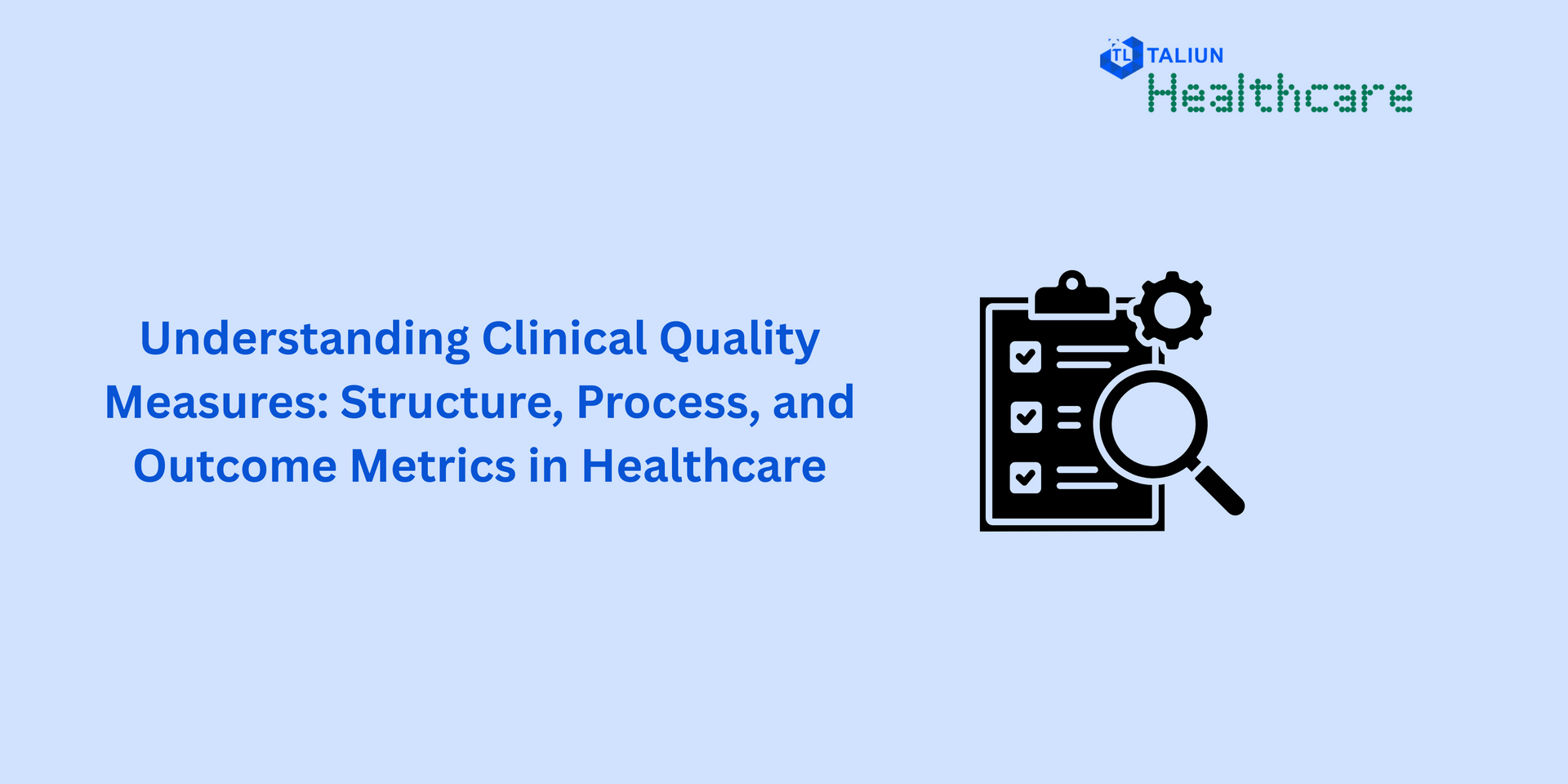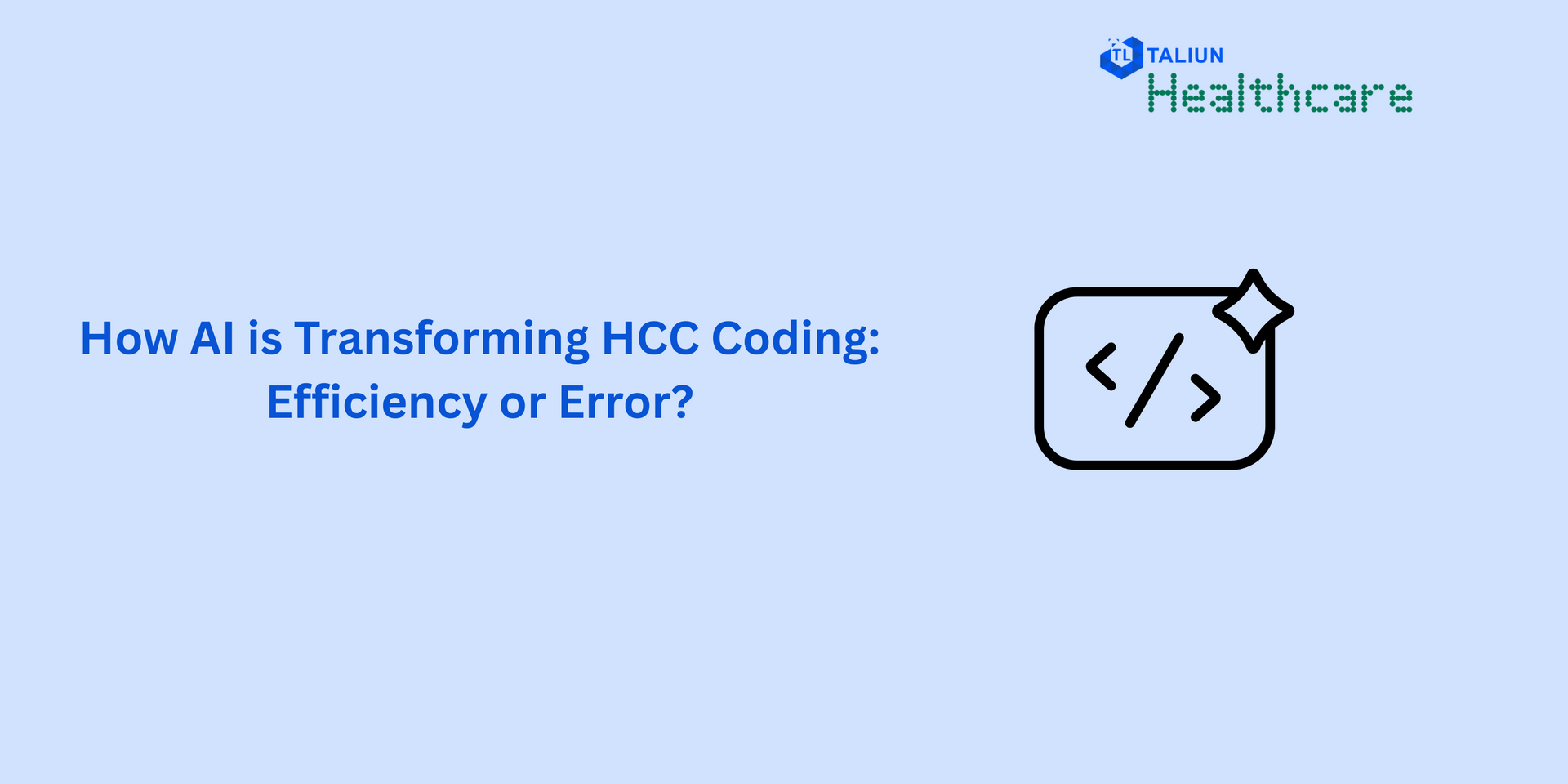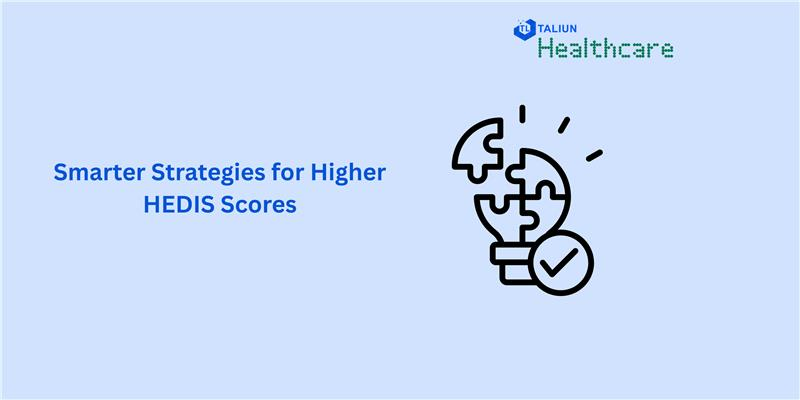Navigating the New Frontier: The Crucial Role of DevSecOps in Managing Vulnerabilities in GenAI/LLM-Based Applications

In the rapidly evolving landscape of technology, the advent of Generative Artificial Intelligence (GenAI) and Large Language Models (LLMs) has ushered in a new era of innovation, transforming how we interact with digital applications. These advancements promise to revolutionize various sectors, from automating customer service to enhancing decision-making processes. However, as with any technological leap, they also introduce new challenges in security and vulnerability management. This is where the role of Development, Security, and Operations (DevSecOps) teams becomes indispensable.
Understanding GenAI and LLM Vulnerabilities
Generative AI and LLMs, like GPT (Generative Pretrained Transformer) models, are designed to generate text, code, or other outputs based on the data they have been trained on. While they offer significant benefits, they also present unique vulnerabilities:
Data Poisoning: Malicious actors can manipulate the training data, leading to biased or harmful outputs.
Model Stealing: Competitors or hackers can duplicate the AI model, leading to intellectual property theft.
Privacy Breaches: If not properly managed, models may inadvertently leak sensitive information included in their training datasets.
The DevSecOps Approach
DevSecOps integrates security practices within the DevOps process, ensuring that security considerations are an integral part of the development lifecycle from the outset. In the context of GenAI and LLM-based applications, DevSecOps teams play a pivotal role in mitigating vulnerabilities.
Early Integration of Security
Incorporating security from the initial stages of development is crucial. For GenAI/LLM applications, this means ensuring that the datasets used for training are secure, verified, and free from potential biases or malicious data. Security tools and practices should be integrated into the Continuous Integration/Continuous Deployment (CI/CD) pipeline to automate the detection of vulnerabilities.
Continuous Monitoring and Threat Detection
DevSecOps teams must employ advanced monitoring tools capable of detecting unusual patterns that could indicate a security breach. Given the dynamic nature of AI-based applications, continuous monitoring becomes even more critical to identify and respond to threats in real time.
Regular Security Audits and Compliance Checks
Regular security audits help in identifying potential vulnerabilities in the AI models and the data they interact with. Compliance checks ensure that the applications meet regulatory requirements, particularly concerning data privacy and protection standards like GDPR or HIPAA, which is crucial for applications dealing with personal or sensitive information.
Incident Response and Recovery Plans
Despite all precautions, vulnerabilities may still be exploited. DevSecOps teams must have robust incident response strategies in place, including procedures for isolating affected systems, analyzing breaches, and restoring services. Importantly, lessons learned from incidents should feed back into the development process, enhancing security postures over time.
Collaboration and Education
A culture of collaboration and continuous learning is essential. DevSecOps teams should work closely with AI researchers and developers to understand the specific challenges of securing GenAI/LLM applications. Regular training on the latest security trends and threats can empower teams to better protect their applications.
The Path Forward
As GenAI and LLMs continue to advance, so too will the sophistication of threats against them. The role of DevSecOps in this landscape is not just about implementing security measures but fostering an environment where security is everyone's responsibility. By embracing a proactive, integrated approach to security, DevSecOps teams can ensure that the benefits of Generative AI and Large Language Models are realized safely and sustainably.
In conclusion, the journey of integrating GenAI and LLMs into our digital fabric is fraught with potential vulnerabilities. However, with the vigilant, innovative, and proactive approach of DevSecOps teams, we can navigate this new frontier securely. Their role in identifying, mitigating, and managing these vulnerabilities is not just crucial but foundational to the trust and reliability of these emerging technologies.




